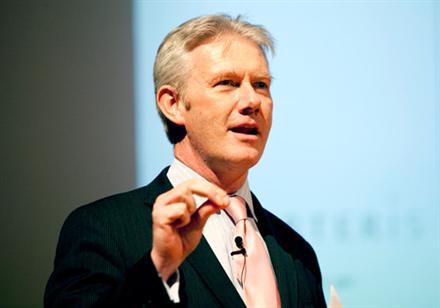By Andrew McMillan, principal at Engaging Service and former John Lewis head of customer service
A distinctive and consistent customer experience – that’s what we all aspire to deliver, isn’t it? In my view there are two ways to achieve that: you can devise a scripted process that all customers are subjected to and use the managers to police adherence, or alternatively you can foster a culture where the members of your team actually want to give the very best service possible.
Readers of my previous pieces will already know which approach I favour, and it isn’t process.
When I have discussed this view with automotive professionals on both the manufacturing and retail sides of the sector I am often told some degree of chaos would ensue if staff didn’t have a rigid process to follow or, at the very least, sales would plummet.
This shows a huge distrust of those employed. When I challenge the opinion there is rarely any hard evidence to support it. I have met some excellent people at all levels in the business and believe that left to their own devices, with some guidance created by the culture of the business, they could deliver some amazing results.
This approach could be a game changer. And if you don’t believe your employees could surprise you, then you are recruiting the wrong people.
Process does have a part to play with complex or regulated activities such as finance and insurance. The regulators have forced the introduction of scripted processes, partly due to poor selling practices in the past, thereby reducing the market to the lowest common denominator, but that doesn’t have to be the case for all the transaction.
This isn’t about letting employees do exactly as they please. This is about creating a culture that is distinctive to your business and makes you stand out from your competitors for all the right reasons.
Now, I’ve used the culture word three times already and some of you might be uncomfortable with that – and that’s exactly the challenge. Culture is perceived as hard to manage whereas processes are easier to control. I don’t believe that has to be the case.
Very small businesses are often better at customer service than larger organisations and it’s often because they are owner managed and have only a handful of employees who they have personally recruited.
That owner will have, often unconsciously, determined the culture. The challenge is that by the time that business has grown to two or three sites the culture will be diluted as the owner may not be recruiting personally and often won’t be as close to customers as they initially were.
The solution is to write the culture down as a definition statement that drives a level of consistency into the cust-omer experience. I would warn against ‘exceeding cust-omers’ expectations’ or ‘treating customers as guests in our home’, both of which are too ambiguous to offer any level of consistency and too commonplace to offer any level of differentiation.
One of my favourites is from Ritz Carlton hotels in the US which defines its experience as:
-Welcome
-Wanted
-Remembered
-Cared For
There’s a degree of intentional ambiguity in that because they don’t want to be too prescriptive as that moves them towards a process again.
However, you can picture the sort of employee you will meet in their business from the statement and it provides some clear guidelines as to how customers should be treated. There’s another purpose too. The statement also defines how they look after each other, so this culture is inside out. In other words, the experience a customer has is a direct reflection of the internal culture of the business and that leads to a level of individual care and integrity that few large organisations achieve.
And what of the employees? Well, for the best performers this approach leads to a greater sense of self-esteem as it will publicly validate what they have always been doing.
For the middle ground it defines what is expected and, in my experience, with supportive leadership, they will quickly join their high-performing colleagues.
For the weaker members of staff, this definition forms the basis of a performance management framework which will way exceed anything a scripted process can ever achieve. Next time I will look at how to measure this and how the measures can often be integrated with existing measurement programmes.
For now, consider what words your customers would use to define their experience in your business and would your employees use the same or similar words?
If not you have a potentially significant customer service challenge on your hands.















Tractor Boy - 07/12/2012 14:43
This man speaks so much sense, senior management of PLCs please take note. If ever there was an industry that over complicated things it is the retail motor trade.